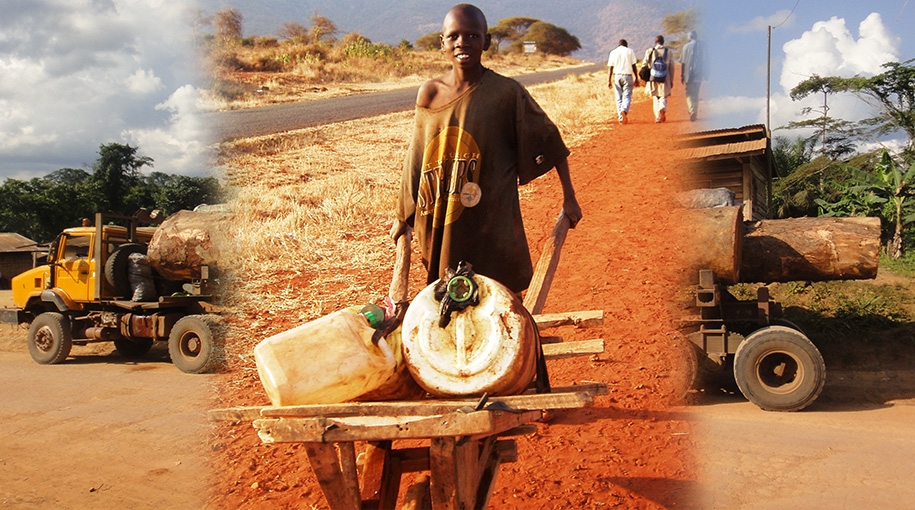Introduction
Contributing less greenhouse gas emissions, indigenous peoples have and continue to offer solutions to combat climate change. They have been stewards of the earth protecting and maintaining forests and biodiversity which up to now remain intact.[1] Indigenous peoples around the world are approximately 370 million --- 5 percent of the world’s population but 15 percent of the world’s poorest. At high risk and most vulnerable to climate change impacts and to inappropriate solutions to climate change and development initiatives, indigenous peoples customarily manage over 50 percent of the global land mass but legally own just 10 percent.[2] Of the earth’s biodiversity, 80 percent are found in indigenous peoples’ lands and territories.[3] In Asia, indigenous peoples are two-thirds of the world’s indigenous peoples.[4] In the Philippines, they are about 12-15 million.
Impacts of Climate Change to Indigenous Peoples
The closeness of indigenous peoples to nature gives them ample knowledge about the waters, soil, plants and animals which makes them understand if changes are happening in their environment. Long before, they have felt and observed signs that global warming is happening. Despite the early warning signs, they have not been spared from experiencing in greater degree, the disastrous effects of climate change.
The majority living in territories and ecosystems that are very fragile and vulnerable to climatic changes,[5] indigenous peoples bear the brunt of climate change and the impacts of solutions to these changes, some of which are flawed.[6] The United Nations Permanent Forum on Indigenous Issues (UNPFII) noted that indigenous peoples are the first to feel the dire consequences of climate change, being dependent for their survival to and close relationship with the environment and the resources therein. These impacts include political and economic marginalization, loss of land and resources, human rights violations, discrimination and unemployment.[7] If indigenous peoples are disproportionately impacted, indigenous women and children are particularly more vulnerable and more affected as described below.
(Download attachment below to read full article)
---
[1] Jeffrey Y. Campbell, No Sustainable Development Without Indigenous Peoples, https://sdg.iisd.org/commentary/guest-articles/no-sustainable-development-without-indigenous-peoples/(August 8, 2019)
[2] Indigenous Peoples Major Group, Indigenous Peoples’ Proposed Action on Nature Based Solution, https://wedocs.unep.org/bitstream/handle/20.500.11822/28890/Securing_rights.pdf?sequence=1&isAllowed=y.
[3] Ibid.
[4] Asia Indigenous Peoples Pact, Overview of the State of Indigenous Peoples in Asia, www.aippnet.org (May 2014).
[5] Tebtebba Foundation, Introduction in Indigenous Women, Climate Change and Forests (Baguio City, Philippines: Tebtebba Foundation, 2011), xiv.
[6] United Nations Permanent Forum on Indigenous Issues, Backgrounder: Climate change and indigenous peoples, https://www.un.org/en/events/indigenousday/pdf/Backgrounder_ClimateChange_FINAL.pdf.
[7] Ibid.


